The Metallurgy and Materials building at Birmingham University is a 3-storey construction comprising over 14,800m2 of gross floor space and was constructed in 1966 and designed by Sir Philip Dowson of Arup Associates.
The building consists of four similar three-storey blocks linked at the corners. The frame is of pre-cast reinforced concrete with columns in groups of four with the whole design planned as a tartan grid, allowing services to be carried vertically and horizontally throughout the building. The building accommodates offices, teaching rooms, laboratories and storage. In 1966 the building won the RIBA Architecture Award for the West Midlands and in 1993 was Grade 2 listed.
The building provides laboratory accommodation for teaching and research work for the department of Metallurgy and Materials and office teaching and research space for Birmingham Archaeology.
In late 2009 a tender was issued for the refurbishment of the 45 year old building to bring it up to modern standards and has undergone a major refurbishment of its external facade. English Heritage were involved in the pre-contract discussions to ensure the design criteria for maintaining the aesthetic integrity of the iconic building was not compromised. The previous glazing was based on a single glazed patent glazed system with a unique 'lead' feature. As part of the new design, this feature has been replicated using modern materials which included Schueco profiles, designed and supplied by facade specialist Parry Bowen. During the refurbishment work the building remained fully occupied.
The design included a fully automated natural ventilation system provided by specialists SE Controls, based in Lichfield. Comprising of 238 No. TGCO 24 15 chain actuators connected to 44 No. OS2 control units, the system is based on a 24v DC.. Partnering closely with the systems provider, Schueco and the specialist installer, Parry Bowen, the window actuator bracketry was designed to fit the specific window openings to ensure minimum resistance for a trouble free long life.
Working with energy management specialist, Schneider Electric, the automated window installation was linked by both room temperature and CO2 sensors together with an external weather station to offer an adaptive natural ventilation solution. On a simple automated procedure when levels of CO2 and temperature exceed a given level, windows are automatically opened to provide ventilation. To maintain air quality levels internally in working and learning spaces it is common to have both CO2 and temperature sensors installed per zone of automated windows. The automated function of the system works closely with the heating system to ensure that heat is not being provided during a ventilation mode. There are also given times when the automated system is operational and the manual override can be activated, this is known as the time schedule and set to operate when the rooms are normally occupied.
Occupant override switches remain operational for one hour and then the system overrides the manual setting and reverts back to automatic. Manual override switches allow for a increments of 10% openings to be achieved. By pushing the top of the switch the windows will open slowly, releasing the switch will hold the windows at their desired opening. Correspondingly the lower part of the switch will progressively close the windows.
In the glazed staircase a high level bank of automated windows are provided to open to allow heat from solar gain to escape. These high level windows are linked to a rain sensor on the roof and do not have a CO2 sensor.
The ‘Night Purge’ facility is more commonly being seen in our naturally ventilated buildings. The idea is to cool down the internal fabric of the building during the coolest part of the night, in the Metallurgy and Materials Building, both the 1st floor and the second floor windows can be fully opened to offer this facility and is independently operated based on the internal temperature levels. If the temperature inside the building has gone over a setpoint anytime during the day and the outside temperature is at least 30C below the average internal temperature, the windows will open for one hour.
In the morning the heat and ventilation strategy continues but from a fully purged and cooler building. There are many setting for this system to ensure its most efficient use by the occupants.
Finally, the weather station offers both the most effective use of ventilation dependent of the direction of the wind, but also that of safety when wind speeds reach a predetermined level all the windows are closed.
The type of installation provided for the Metallurgy and Materials Building at the university can only be provided by entering into early discussions with specialists such as SE Controls, who can provide a detailed solution and where necessary can computer model efficient solutions. SE Controls operate across the globe with offices in several continents, with specialists offering clients expert advice based on local legislative requirements. Visit the website at www.secontrols.com for further information. To discuss your requirements with SE Controls, or request literature, please call their head office in Lichfield on 01543 443060.
Construction News
20/09/2011
Birmingham University Adopts A Night Purge Natural Ventilation Strategy

13/06/2025
A vital piece of Peak District railway infrastructure is set to receive a major upgrade this summer, as Network Rail announces a £7.5 million investment into one of Chapel Milton's iconic twin Victorian viaducts.
The 160-year-old, 15-arch structure plays a critical role in the UK's freight network,
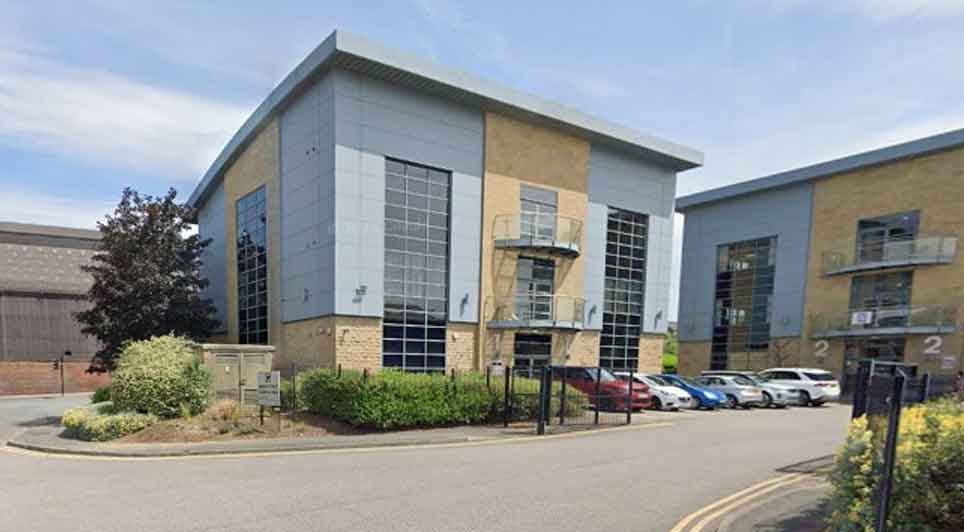
13/06/2025
Morgan Sindall Construction has revealed plans to expand its operations in South Yorkshire, building on its strong delivery record in West Yorkshire and aligning with the goals of the newly launched Great North initiative.
Backed by northern regional mayors, the Great North initiative aims to unloc
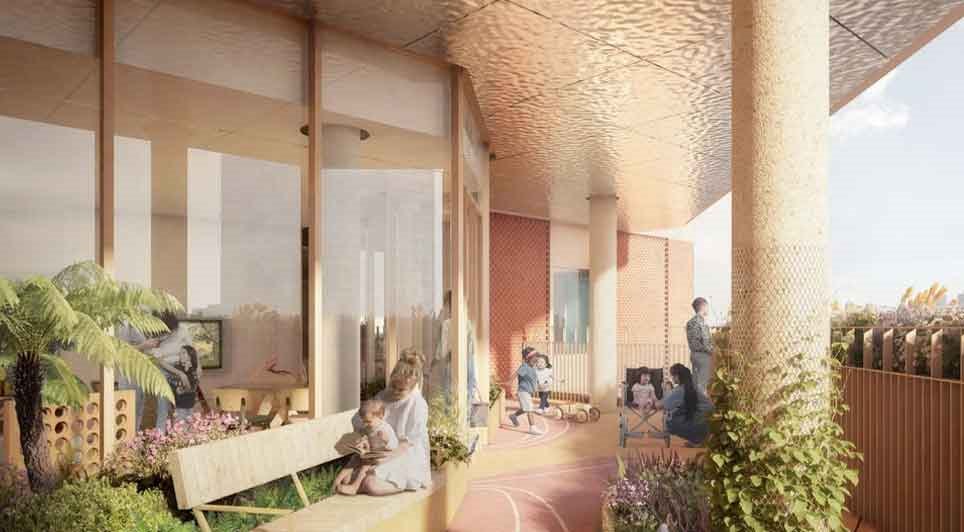
13/06/2025
Construction has officially commenced on the new Children's Cancer Centre (CCC) at Great Ormond Street Hospital for Children (GOSH).
Led by long-term design partner BDP, the new centre is one of the most ambitious projects in GOSH's history. The firm is overseeing architecture, landscape, engineeri
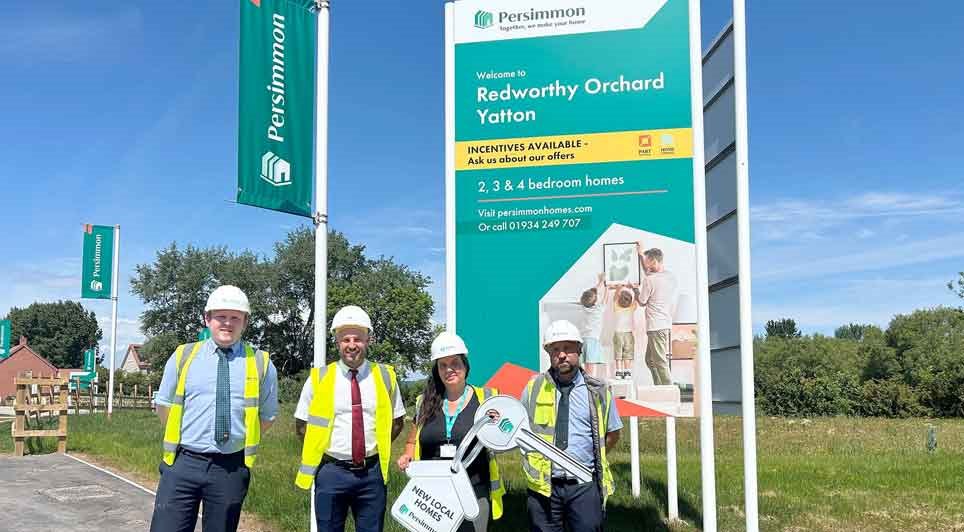
13/06/2025
The developer behind the Redworthy Orchard scheme in Yatton has handed over the first homes to a local housing association as part of a wider plan to provide affordable housing in the area.
Persimmon Homes Severn Valley has transferred four new properties to Alliance Homes, a move set to ease press

13/06/2025
Wynne Construction has been awarded two major design and build contracts worth over £20 million by Adra to deliver nearly 100 new social homes across North Wales.
Construction is already underway at the first site on Berse Road, Wrexham, where Wynne began work in March on a £9 million, 47-home soci
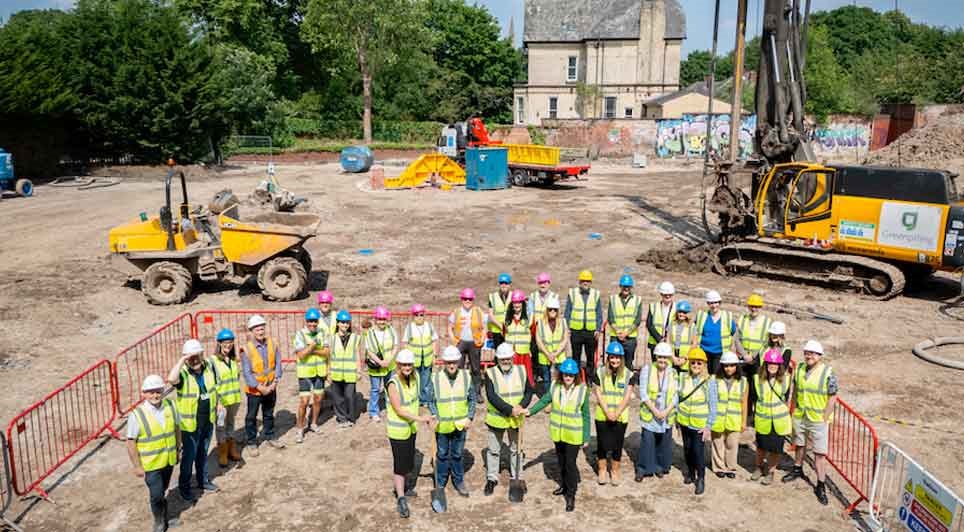
13/06/2025
Great Places Housing Group has officially broken ground on its landmark £37 million LGBTQ+ majority Extra Care housing scheme in Whalley Range, marking the start of construction during Pride Month.
The scheme, hailed as the UK's first purpose-built Extra Care development of its kind, is being deliv
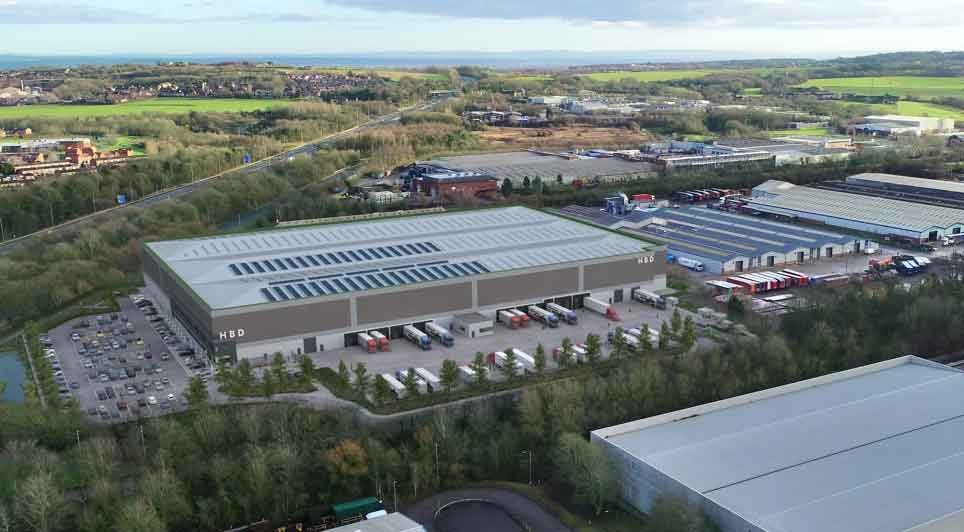
13/06/2025
Henry Boot PLC has announced that its property investment and development arm, HBD, has completed the sale of TWO45, a multi-let industrial-led business park in Skelmersdale, to a European real estate developer for £9.5 million.
Located on a 10-acre site just minutes from the M58 and M6 motorways,
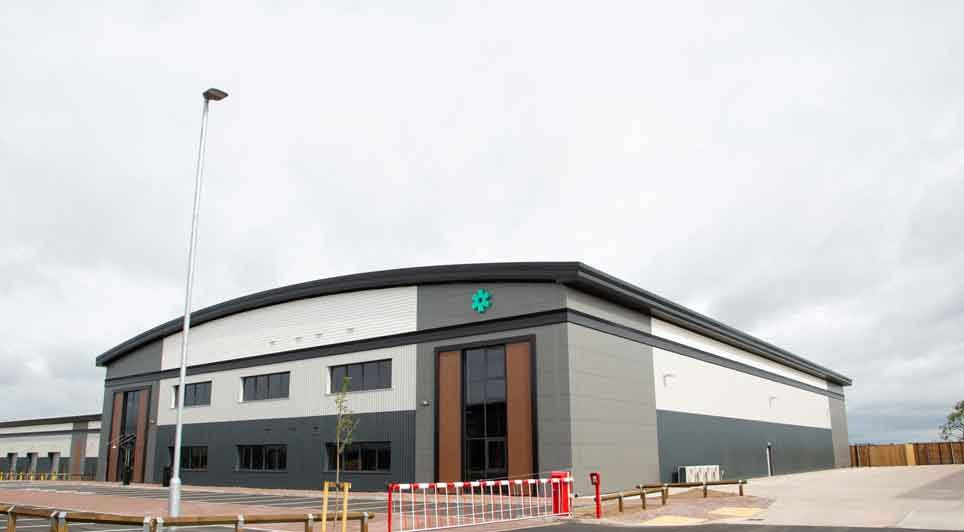
13/06/2025
Clowes Developments has announced the successful letting of Unit 5A, a newly completed 27,000 sq ft industrial unit at Stud Brook Business Park, to Shawpak Ltd, a pioneering manufacturer of medical device packaging machinery.
Founded in Derby in 2013, Shawpak Ltd designs and produces a unique range
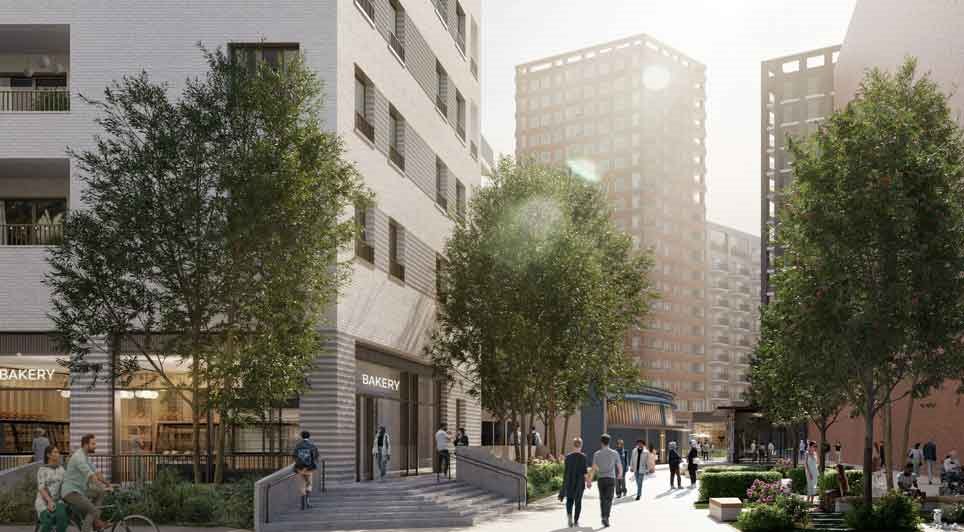
13/06/2025
The Hill Group and Legal & General (L&G) have announced a new partnership to deliver 200 affordable homes as part of the first phase of the £450 million City Centre South regeneration scheme in Coventry.
This marks the first time the two organisations have collaborated on a major residential devel
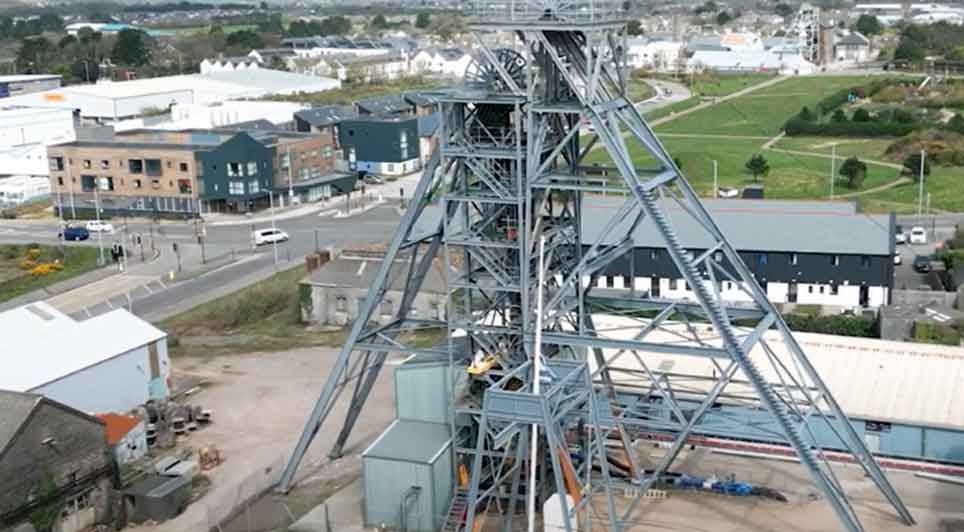
13/06/2025
The historic South Crofty tin mining project in Pool, Cornwall, is set to receive a significant boost after being awarded £4,190,500 through the Cornwall and Isles of Scilly Good Growth Programme, marking the largest single private sector investment by the programme to date.
Delivered by Cornwall C
 UK
UK Ireland
Ireland Scotland
Scotland London
London











